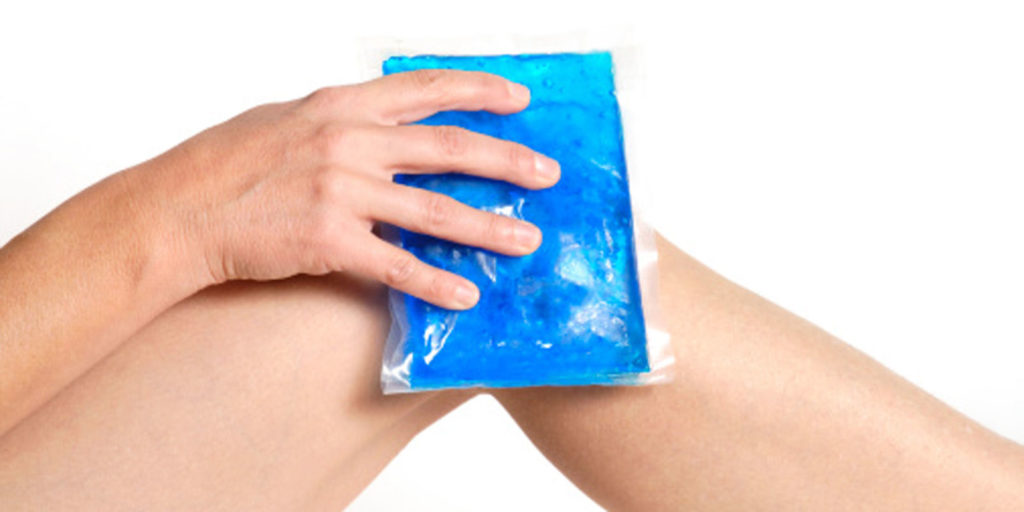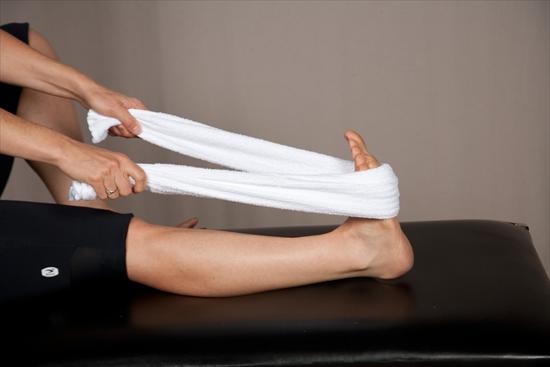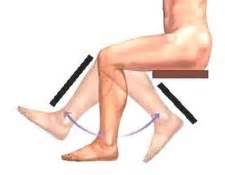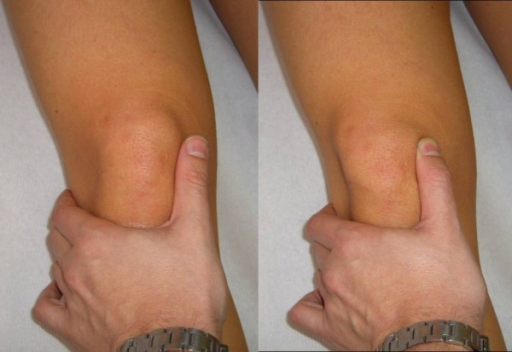Our Blog
Home  Blog
Blog
 Blog
Blog
 Blog
Blog
Rehabilitation following ACL reconstruction is crucial part of treatment. Overall result depends very much on systemic physiotherapy. Things have changed a lot. We have progressed from plastering the knee in initial years to allowing immediate motion and weight bearing in just a short amount of time as per todays protocol. As our understanding of rehabilitation concepts continue to evolve, our focus has shifted towards functional exercise, which is integral to maximise results following ACL reconstruction surgery.
Now a day because of increase interest in sports and endurance activities, we are getting more and more professional and recreational sportsman with ACL tears. Of course their wish is to get back to field as early as possible. Though its usually advisable to avoid sports and dance for atlas 9 months after ACL reconstruction.
While everyone wants to talk about advanced exercises and return to sport, Early phase of rehab is probably infinitely more important. If the early phases of ACL rehab go poorly, you will surely be behind for the duration of your rehab.
Following are critical points of early Rehab…..

The first step in ACL Rehabilitation is simple, diminish the pain and inflammation associated with the surgery. While this is a rocket science, it is worth reviewing why this is so important. Really, the following list of keys to ACL rehabilitation are all going to be difficult to achieve without addressing the pain and swelling. Here are just handful of important things to consider:
So, as simple as this concept may be, diminishing pain and inflammation should be an area of focus initially after surgery. Compression wraps, ice, intermittent compression machines, elevation, ankle pumps, electrical stimulation, and not pushing through too much activity can all help.
My biggest advice to patients after surgery is that you can’t ice too much.
Gaining complete knee extension after arthroscopic ACL reconstruction is key to success. I have kept it second in list because pain and swelling is supposed to be addressed first before getting ROM. Loss of motion is known problem post acl Reconstruction, loss of extension more troubling than flexion.

When patient is in pain and swelling, it is just more comfortable to hold your knee in a slightly bent position. If this position is maintained for too long, it has a risk of developing scar tissue, or arthrofibrosis. Restoring knee extension immediately after surgery is so important, because once it gets tight, it’s often hard to get your motion back. I always prefer to get this early and then gradually move forward to get range of motion.
To get early full extension, patient is advised to continue hamstring stretches and calf towel stretches at home. I don’t recommend these stretches to really enhance hamstring and calf flexibility. I recommend them and instruct the patient to also work on knee extension at the same time. So the focus is essentially knee extension. Ideally We should be able to get full extension by 1 week.


Knee flexion exercises usually I start at 3rd day only. Once the acute pain and swelling condition is improved a bit. Keeping the knee in full extension in long knee brace is an obsolete custom now, as we realised that getting ROM is hell lot of job afterword’s. Last 20 degrees may be spared for future because of knee effusion.
I also like to empower the patient to also work on restoring knee flexion, both by stretching as well as through functional motions like mini-squats and eventually lunges. When the patient can control their range of motion progression, their perceived threat is reduced and motion often comes back easier.
Knee flexion is restored more gradually, with about 90 degrees achieved at 1 week and full knee flexion gradually advanced and achieved by week 4-6.
Knee ROM may at times less because of reduced patellar mobility.

Soft tissue mobilization around the knee and patellar mobilization is performed immediately after surgery. I also like to instruct patients on how to do this themselves and add it to their homework
As discussed earlier Quads is oversensitive and reflexive inhibition of muscle control around the knee after surgery due to the pain, inflammation, and swelling. In addition to address these factors, there are techniques that can be performed to help restore volitional control of the quadriceps muscle.
 Naturally neuromuscular electrical stimulation (NMES) becomes an important component of the early phases of ACL rehabilitation. I usually recommend to superimpose most early quad exercises with NMES. This includes quad sets, straight leg raises, and knee extension exercises.
Naturally neuromuscular electrical stimulation (NMES) becomes an important component of the early phases of ACL rehabilitation. I usually recommend to superimpose most early quad exercises with NMES. This includes quad sets, straight leg raises, and knee extension exercises.
An added benefit of all these quadriceps contractions is that this also helps restore knee extension range of motion.
Now that the pain and swelling part is addressed, started to restore motion and patellar mobility, and can now turn on the quads, we put it all together to work on being able to walk without limitations or a limp. If any of the previously mentioned areas of focus have not been addressed, independent ambulation is often going to be difficult, or at least impaired.
I usually start my patients walking with walker with brace on, next day of surgery. Full weight bearing is essential to prevent muscle wasting and early recovery. I usually have people weight bearing as tolerated around week 2 to 3, unless other structures were damaged or need to be protected.
Following is my protocol for knee arthroscopy including ACL Reconstruction Surgery. Download it and hand it over to your physio for better recovery.
This website uses cookies: By continuing to browse this site you accept this policy.
2 comments. Leave new
Thank you sir to gain my knowledge with you. Even I follow the same protocol as my professor Dr. K. Ramesh taught me.
Thank you Dr.Jayendra…this is all I learned from my vast experience in ACL reconstruction…..Happy to share..